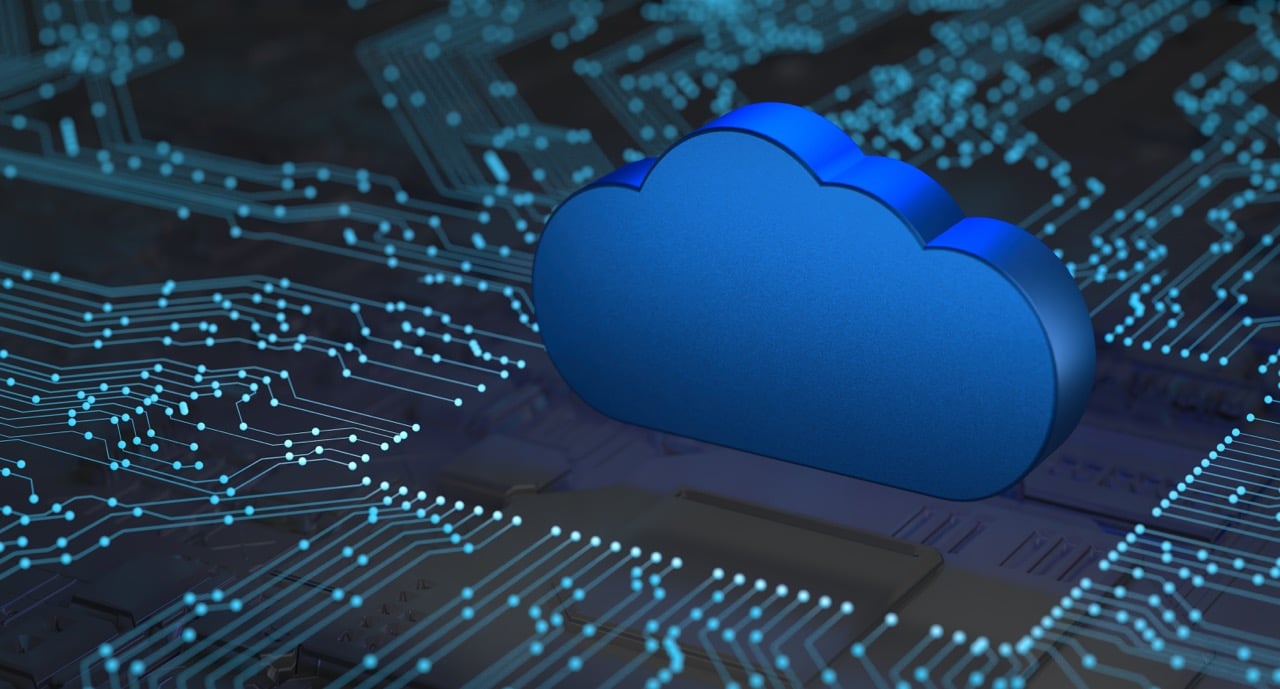Cloud Migrations Strategies: Lift-and-Shift vs. Modernization
Migrating a workload to the cloud isn’t the same thing as modernizing that workload. After all, a lift-and-shift to a public cloud is essentially a change of address—you’re simply moving the workload from one place to another. Modernization, on the other hand, takes advantage of the flexibility and range of new possibilities offered by cloud environments.
While a lift-and-shift to a public cloud is relatively fast and inexpensive, it shouldn’t be considered the end of your cloud journey. In fact, when it comes to modernizing your IT infrastructure, it’s just the beginning.
What makes sense in an on-premise environment may not make sense in the cloud—and that can affect everything from security to functionality to cost. That’s particularly the case for complex workloads, such as legacy ERP systems, that aren’t cloud-native.
Limitations of the lift-and-shift approach
While you may see immediate benefits such as increased agility and scalability, if you typically move a lot of data around—which may have made sense in your on-prem environment—costs can quickly add up in the cloud. And, as time goes on, that workload may require ongoing (and costly) maintenance to stay compatible in the cloud, compounding those additional costs.
Even worse, when you lift-and-shift a workload to a public cloud—whether an application or virtual machine—you’re not making any changes to the codebase, so it doesn’t allow you to leverage cloud-native features and services. And, if you’re lifting-and-shifting your workloads to Google Cloud, you won’t benefit from Google’s strengths in data analytics and machine learning services.
Without a modernization strategy, your workloads might not work as expected in the cloud, or they could be far more complex than anticipated. The migration could even open up holes in security, leaving your organization vulnerable to cyberattacks.
Getting started on your modernization journey
That’s not to say you should avoid a lift-and-shift—it’s a great way to get started in the cloud, especially if you need to move your infrastructure in a short period of time (if, say, the lease for your data center is expiring).
But it’s simply a first step in a cloud modernization journey—whether you choose to refactor (optimize the existing code), re-platform (migrate to a new platform with only minimal changes to the code) or re-architect (alter the code to a new application architecture).
Modernization is about driving business value by leveraging new cloud capabilities. It’s not a ‘one-and-done’ project, but rather an ongoing journey that involves continuous optimization. And it goes beyond technology; it’s also an opportunity to change or improve processes or workflows in your organization, and may require developing new skill sets.
The four pillars of modernization
At Pythian, we see four areas where organizations can modernize their IT infrastructure to leverage cloud capabilities. These include:
- Application Modernization: Modernizing legacy applications using a microservices approach for rapid delivery.
- Infrastructure Modernization: Replacing legacy hardware solutions, consolidating and rationalizing the infrastructure footprint, building in automation and migrating to new cloud-native systems.
- Data Modernization: Building and delivering a data ecosystem that is leaner, agile and adaptive, which can empower enterprises with real-time insights.
- Platform Modernization: Updating the infrastructure, architecture and features of existing platforms to bring them up to current standards and set the stage for rapid digital product development.
How Pythian can help
Modernization cannot be automated; different workloads will require different approaches in different vertical markets. Pythian’s Cloud Modernization for GCP is a comprehensive, open-scope offering that takes advantage of the flexibility and range of new possibilities offered by cloud environments. We can help streamline your modernization by providing relationship-based consulting combined with end-to-end delivery and support capabilities.
To find out more about how Cloud Modernization for GCP can work for you, email us at info@pythian.com to get started.
Share this
You May Also Like
These Related Stories

How to Migrate VMware to Google Cloud

Comments (1)